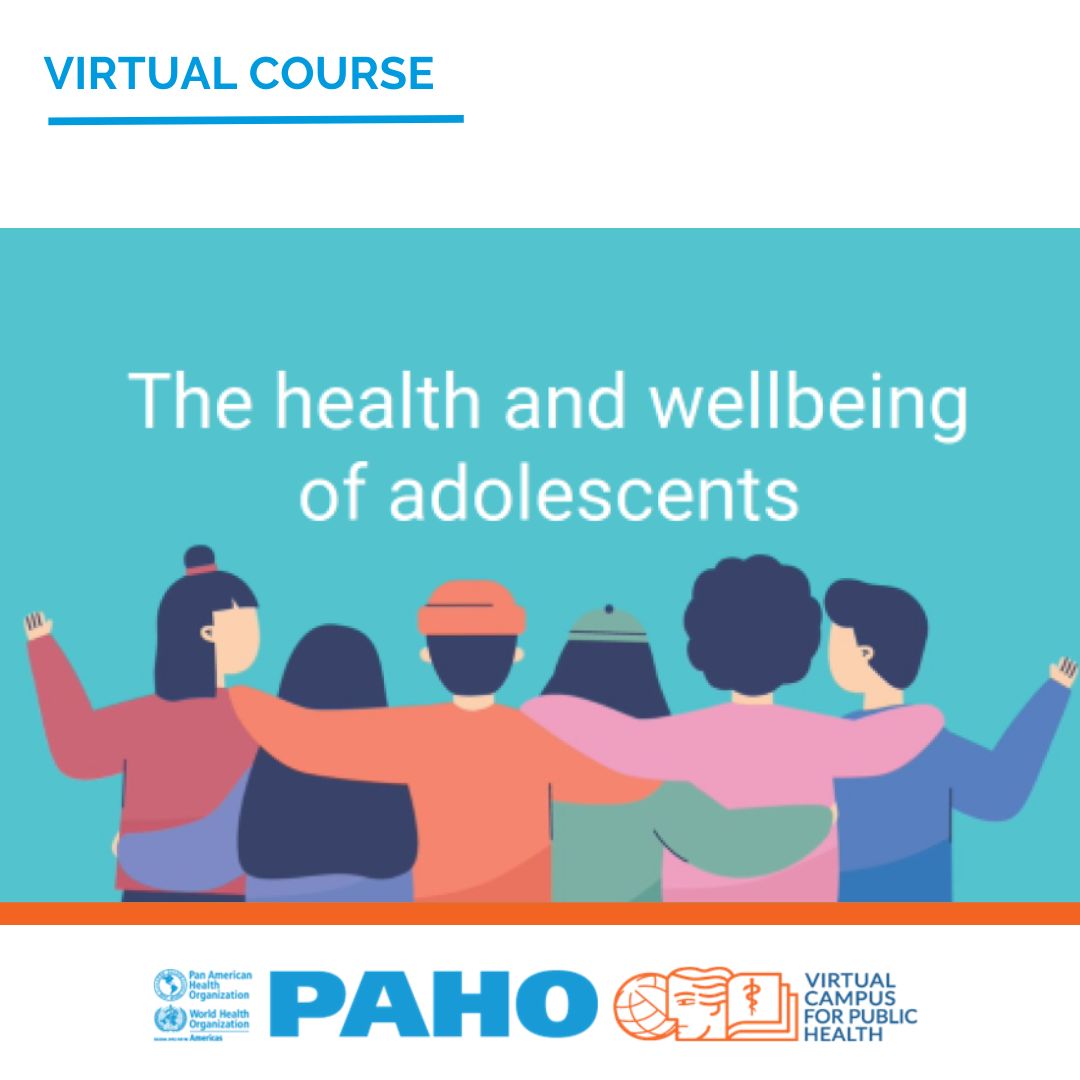The health and wellbeing of adolescents (2023)

Introduction
The second decade of life is a period of rapid development and biological, cognitive, emotional, and social change. During adolescence, individuals acquire many of the resources needed to maintain their health and well-being throughout their lives. Investing in the health and well-being of adolescents has three advantages: 1) healthy adolescents today; 2) healthy adults in the future; and 3) healthy next generations.
Purpose
The purpose of this course is to improve the knowledge, understanding and competencies of policymakers, program managers, health service providers, civil society and non-governmental organizations working for and with adolescents, to develop and implement comprehensive health and wellbeing programs, interventions and services that respond to the needs and the developmental stage of adolescents.
Objectives
- Improve the participants’ knowledge of the biopsychosocial process taking place during adolescence.
- Guide and strengthen comprehensive and integrated national and local responses to adolescent health and development.
- Strengthen the competencies of health care providers and the application of tools to improve the quality of care provided to adolescents.
Target Audience
The course is aimed at:
- Managers and professionals working in the development and implementation of policies and programs related to adolescent health.
- Professionals and volunteers from NGOs, community-based programs, and others who can benefit from a better understanding of the development, health and needs of adolescents.
- Primary care professionals working in public services: doctors, mental health professionals, social workers, nurses, and other primary care providers directly involved in the provision of health care to adolescents.
Certified Hours
An estimated 6 hours are required to complete the course.
Course Modality
The course is open and available at the PAHO/WHO Virtual Campus of Public Health. As this is a self-learning course, participants can explore the modules at their own pace, regulating the times dedicated to the course. There is no deadline to complete the course.
The program consists of 8 modules and a final evaluation. Each module lasts 30-45 minutes. An estimated 60 to 90 minutes will be required for detailed reading, review and comprehension of each module, to which is added the time necessary to perform the exercises and the complementary readings proposed.
Course Structure
The course has a modular structure and its duration is 8 weeks if participants complete one module a week on average. Through the content the participant progressively advances towards the knowledge of priority topics of comprehensive health and wellbeing of adolescents and the creation of services that respond to their needs.
- Course Introduction
- Module 1: Biopsychosocial and brain development in adolescence
- Module 2: The positive development of adolescents
- Module 3: The social determinants of adolescent health and well-being
- Module 4: Nutrition and physical activity in adolescence
- Module 5: Adolescent mental health and alcohol and substance use
- Module 6: Adolescent sexual and reproductive health
- Module 7: Prevention of unintended adolescent pregnancy
- Module 8: Quality health services that respond to the needs of adolescents
